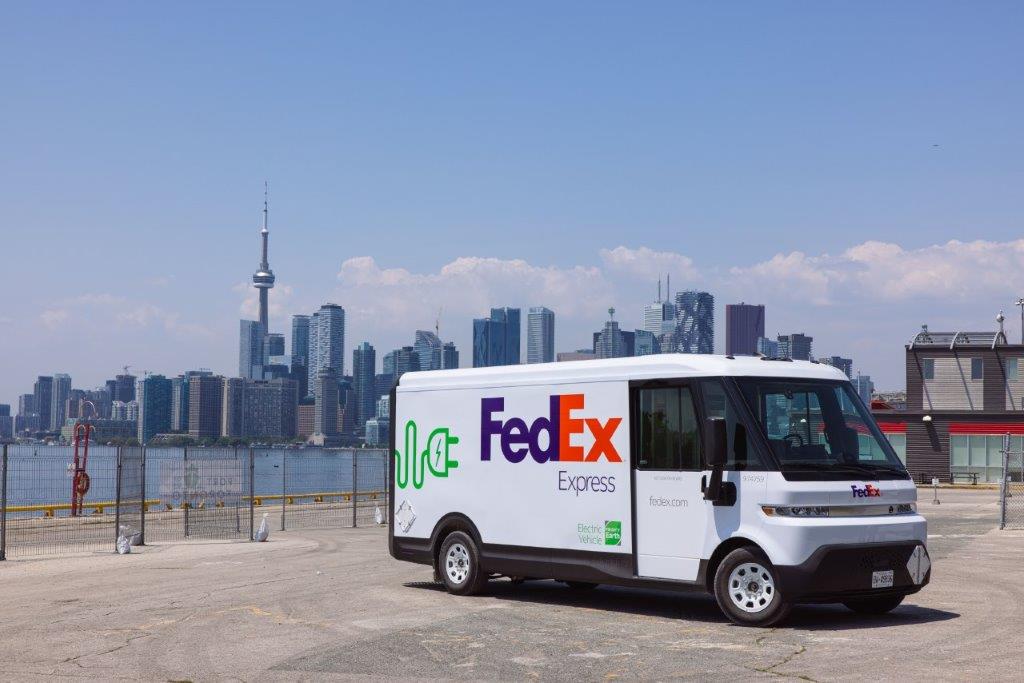Electrifying fleet facilities can take two years or more: FedEx Express manager
FedEx is hardly new to the journey of electrification. It began experimenting with vehicles powered by lead acid batteries as early as 1992. And this June, FedEx Express Canada received its first 50 all-electric GM BrightDrop delivery trucks – part of a plan to work entirely with zero-emissions vehicles by 2040.
“We’re done with science experiments. We’re off to implementing this technology,” said FedEx Express manager of technology and integration Bill Cawein, during a presentation at Move America 2023. In some cases, locations have been electrified to support more than 50 vehicles without any facility upgrades.
But not all of the locales have been updated that quickly.
“None of this is easy,” he said.
“Your fleet electrification journey is going to be the most complex you’ve ever endeavored.”

While the courier giant began building out 1,000 U.S. charging stations in 2020, each location presents unique challenges, he said. FedEx Express locations, for example, tend to have more capacity for electric vehicles than those supporting FedEx Ground.
“We lease most of our facilities, which makes it more complicated,” he added.
Austin case study
Ultimately it all means it can take 18-24 months to prepare a facility for electric vehicles.
Plans in Austin alone have taken about 18 months.
The work here began by determining if North Austin station fell into the project’s scope. A site visit surveyed existing architecture to inform upgrades. Then Austin Energy had to be contacted for historical consumption data and to confirm the transformer size. From there an official request was filed, leading to the load letter and construction permits.
“If this site required a utility upgrade, the timeline would have been around the two-to-three-years-out mark,” he said. “We’ve had some sites that aren’t as quick and it’s not necessarily anything else but a different process.”
Discussions about easements alone can add six months to a timeline.
Vehicle production timelines need to be considered as well, he said. “What I do not want to have is any infrastructure not installed prior to a vehicle being delivered.
“What macro-economic effects could actually occur to impact your ability to execute?”
Lessons in electrification
Lessons have been learned along the way. Response times from utility providers can vary widely, although longstanding relationships have improved the timelines, he said as an example.
In some cases, technology has even slowed the response times, Cawein added, referring to automated ticketing systems used by utility providers. “Everybody is needing to do more with less,” he said. “[But] there’s still a lot of value with the good old days when you could pick up a phone and call somebody.”
FedEx has even found challenges with faded labels on transformers during site assessments.
“Surprisingly with leased buildings it’s things you wouldn’t expect,” he said. “Plan for that site assessment piece and plan for unknowns to come up.”
Have your say
This is a moderated forum. Comments will no longer be published unless they are accompanied by a first and last name and a verifiable email address. (Today's Trucking will not publish or share the email address.) Profane language and content deemed to be libelous, racist, or threatening in nature will not be published under any circumstances.